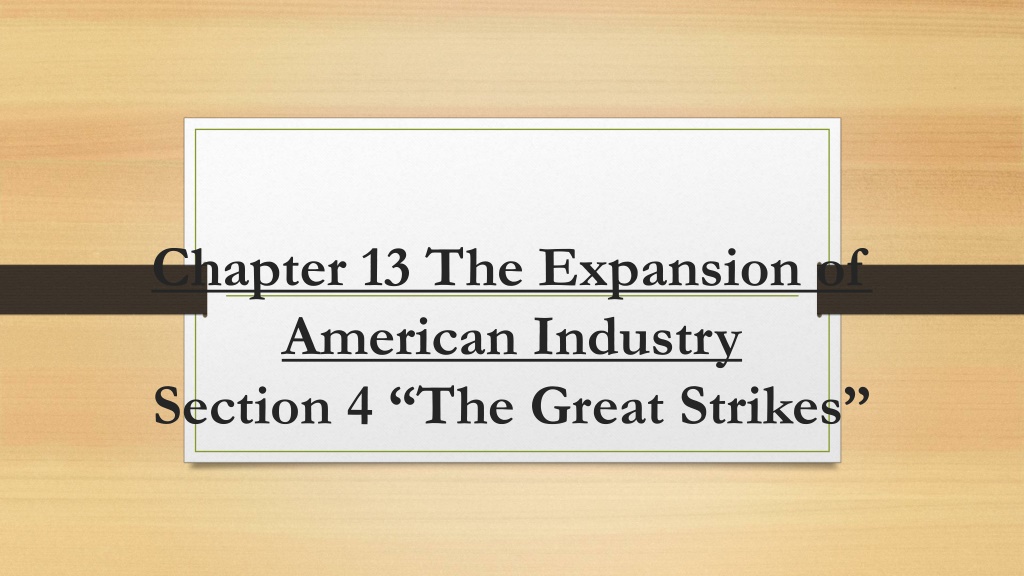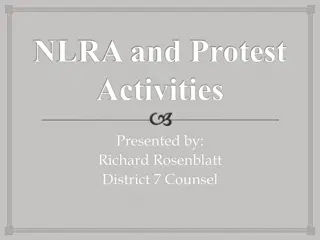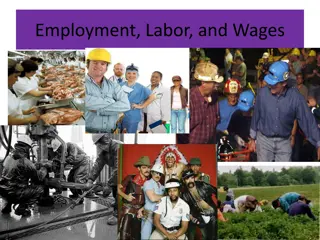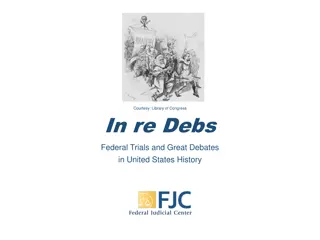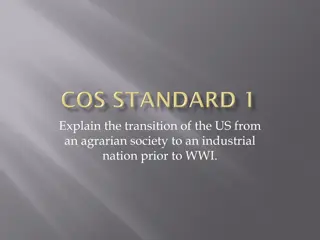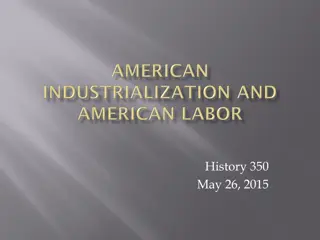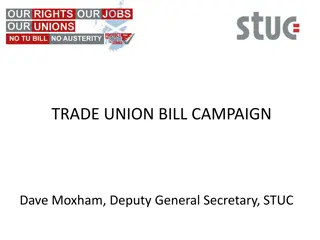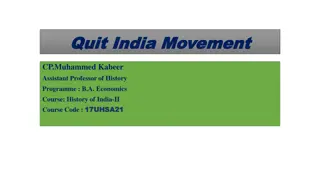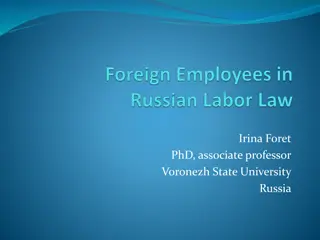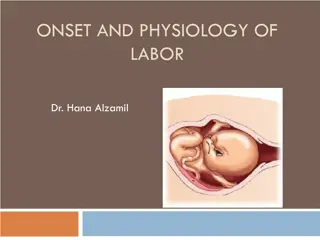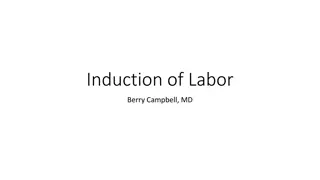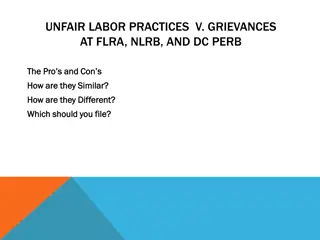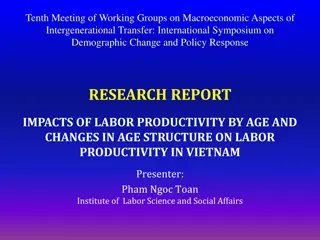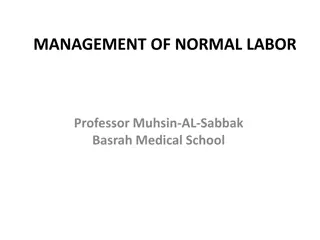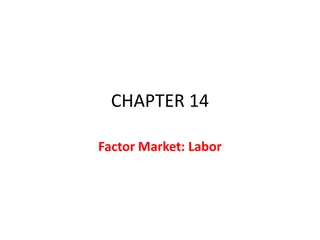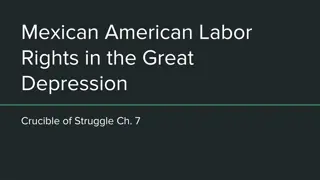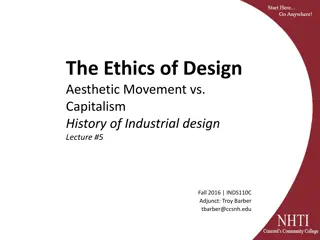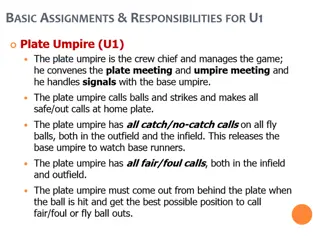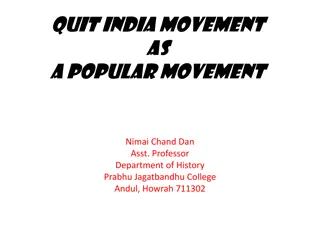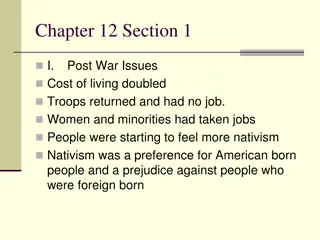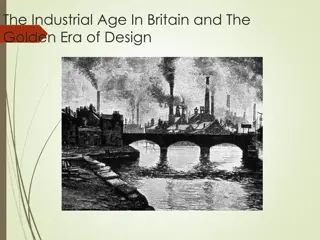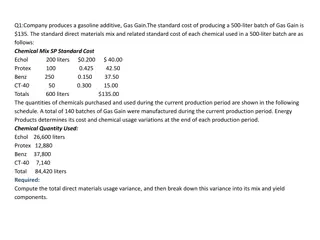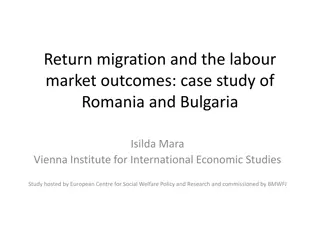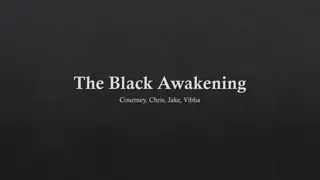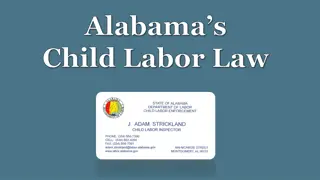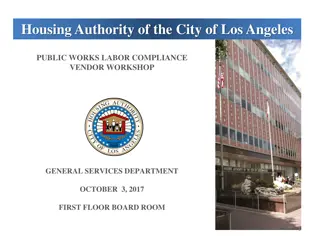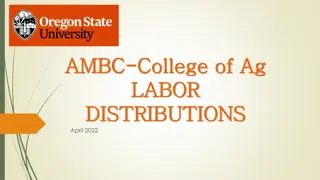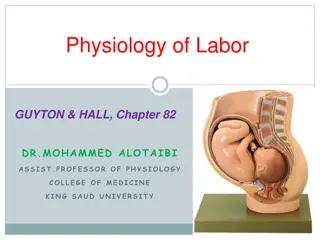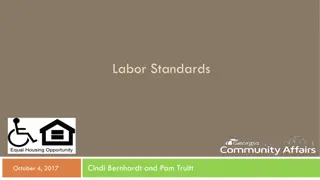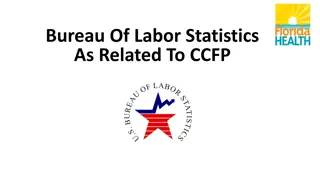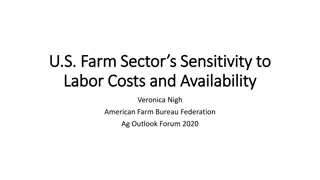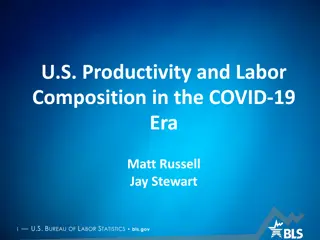The Great Strikes and Labor Movement in American Industrial History
The expansion of American industry led to the rise of labor unions and significant labor strikes such as the Great Railroad Strike of 1877, Haymarket Square Riot, Homestead Strike, and Pullman Strike. These events highlighted the struggles between workers and employers, shaping the labor movement's development and the fight for workers' rights.
Download Presentation

Please find below an Image/Link to download the presentation.
The content on the website is provided AS IS for your information and personal use only. It may not be sold, licensed, or shared on other websites without obtaining consent from the author. Download presentation by click this link. If you encounter any issues during the download, it is possible that the publisher has removed the file from their server.
E N D
Presentation Transcript
Chapter 13 The Expansion of American Industry Section 4 The Great Strikes
National Trades Union formed National Labor Union is formed Nobel and Holy Order of the Knights of Labor is created The Great Railroad Strike of 1877 American Federation of Labor is created under the leadership of Samuel Gompers Haymarket Square Riot Homestead Strike Pullman Strike The Industrial Workers of the World (IWW) or Wobblies is formed
Vocabulary Socialism Craft Union Collective Bargaining Industrial Union Scab Anarchist Haymarket Riots Homestead Strike Pullman Strike
Socialism An economic and political philosophy that favor public instead of private control of the means of production.
Collective Bargaining A process in which workers negotiate as a group with employers.
Closed Shop A workplace in which only union members would be hired.
Scab A negative term for a worker called in by an employer to replace striking laborers.
Anarchists Radicals who oppose all government
Haymarket Riot 1886 labor related violence in Chicago
Homestead Strike 1892 strike in Pennsylvania against Carnegie steel
Pullman Strike 1894 railway workers strike that spread nationwide
Gulf Between Rich and Poor 1) What impact did industrialization have on the gulf between rich and poor? It increased it. The wealth of the nation was in the hands of a few leaders (9% of Americans held 75% of wealth) Communism https://www.youtube.com/watch?v=16IMc5mhbZk
2) Why did socialism appeal to some Americans in the late 1800s? Believed that society at large, not just private individuals, should take charge of a nation s wealth. Distributed equally
The Rise of Labor Unions 3) What were the goals of the early labor unions in the United States? -Began by providing help for their members in bad times, but soon became the means for expressing workers demands to employers Ex: shorter work day, higher wages, better working conditions
4) How did early labor unions in the United States differ in their organization and in the methods they used to achieve their goals? Earlier unions preferred not to strike or to force collective bargaining Earlier unions both skilled and unskilled Later unions skilled workers only (AFL)
Railroad Workers Organize 5) Why did the railroad strike in 1877 prompt Eugene V. Debs to create an industrial union? -Avoid violence during strikes, be more nationally organized and less corruption
Strikes Rock the Nation What were the causes and outcomes of the major strikes in the late 1800s? Haymarket Riots: https://www.youtube.com/watch?v=_OQxncb2ihQ Homestead Strike: Pullman Strike: https://www.youtube.com/watch?v=xPhLKARAve4 Video: Homestead Strike http://www.history.com/topics/triangle-shirtwaist- fire/videos/homestead-strike
6) What was the significance of the Haymarket Riots? Press and public blamed the labor unions. American public came to associate unions in general with violence and radical ideas.
7) How successful were labor unions at the end of the century? Not successful Factory owners appealed for court orders against unions. The federal government regularly approved these appeals, denying unions recognition as legally protected.
Triangle Shirtwaist factory fire http://www.history.com/topics/triangle-shirtwaist-fire http://www.dol.gov/shirtwaist/index.htm http://law2.umkc.edu/faculty/projects/ftrials/triangle/trianglefire.html Video http://www.youtube.com/watch?v=gKdMuVu1wi8
Haymarket, Homestead, and Pullman were A) wealthy industrialists of the late 1800s. B) leaders of labor unions. C) notorious industrial strikes. D) horizontally consolidated companies.
Employers fought the power of unions by A) improving working conditions. B) paying higher wages. C) giving union leaders better jobs. D) firing labor leaders.
Why did some unions prefer a "closed shop"? A) Closing the doors decreased productivity and pressured owners. B) Stopping work for a time often boosted employee morale. C) Nonunion members in a workplace weakened the unions. D) Open shops made employees pay higher prices for their daily purchases.
Socialism favors A) free enterprise and individual liberty. B) public control of property and income. C) private ownership of businesses. D) monopolization of an industry.
True/False In 1848, Marx, along with Friedrich Engels, wrote a famous pamphlet called the Communist Manifesto. In it they denounced the capitalist economic system and predicted that workers would one day overturn it.
True/False Most Americans opposed socialism.
True/False The AFL relied on economic pressure, such as strikes and boycotts, against employers. By using these tactics.
True/False From the 1877 strike on, employers relied on federal and state troops to repress labor unrest.
True/False To many unionists, the anarchists who took part in the Haymarket Riot would be villains forever. To employers, however, they remained heroes determined to undermine law and order.
True/False The Pullman strike and its outcome set an important pattern. In the years ahead, factory owners frequently lost efforts for court orders against unions.
